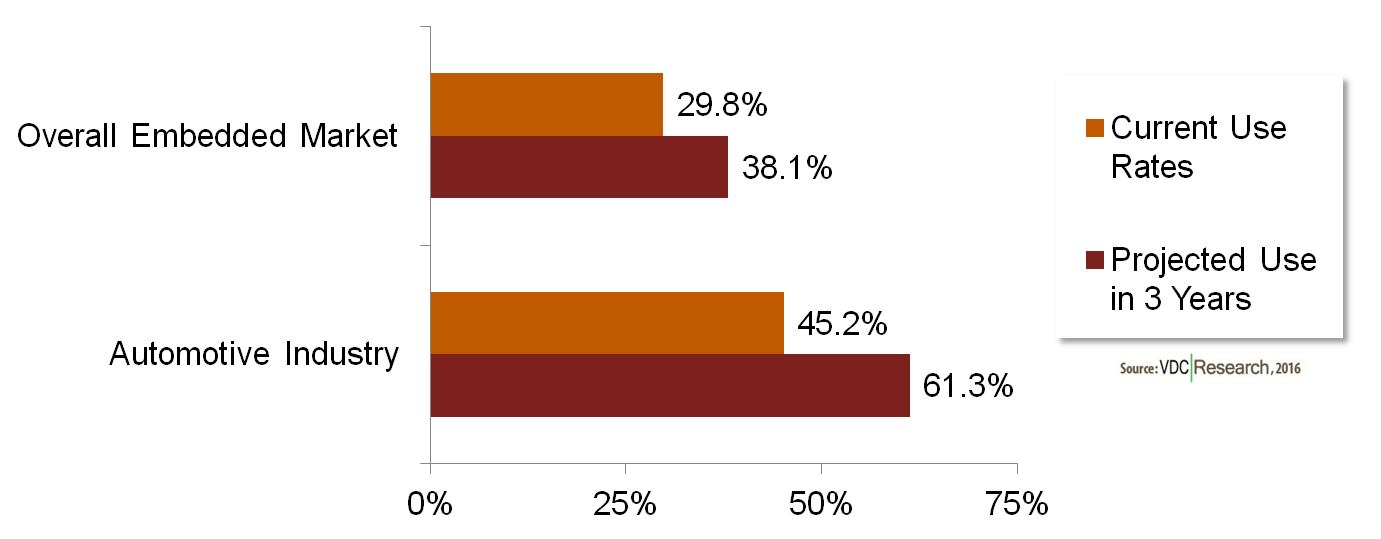IoT & Embedded Technology Blog
OEMs “Get It”: Realize the Need for Formal Tooling
The arrival of the Hanover Fair (Hannover Messe) on the calendar encouraged us to reflect back on our recent trip to Germany to attend the Embedded World 2016 Exhibition & Conference. One of the themes the IoT & Embedded Technology practice heard several times in conversations with vendors was how more and more embedded engineering organizations finally “get it.” The awareness to which these conversations refer is the growing realization by OEMs, especially those in safety-critical industries, that commercially provided software and system development tools are necessary investments. Solutions developed in-house and ad-hoc processes simply no longer suffice as their embedded systems continue to grow more complicated and face more process standard and reporting mandates. As a result, requirements management (RM) tool use is ramping and fueling rapid RM tool revenue growth in the embedded industry.
The findings for the automotive RM market in VDC’s recent report, “The Global Market for Continuous Integration and Requirements Management/Definition Tools” reinforce these points. Automotive manufacturers have a comparatively long history of requirements management (RM) tool use and the industry generates a plurality of RM tool revenue. Yet despite a well established user-base, RM tool adoption rates and associated revenue gains in automotive are projected to outpace the overall market through 2018.
Exhibit 1 - Requirements Management Tool Use Rates

New, first-time users of commercial tools, organizations moving away from ad-hoc solutions, and other companies making the transition away from incumbent providers are combining to drive a rapidly expanding RM market.
Suppliers aiming to gain share from the deeply entrenched incumbent RM vendors must carefully assess targeted areas of opportunity and highlight their value differentiation. Long-term RM users in embedded industries will be especially difficult to displace. Demonstrating domain-specific expertise and providing a clear roadmap for the transition from incumbent RM tools will be necessary before gaining traction in well-penetrated market segments. But older RM solutions are not renowned for their ease of use - providing tools with the usability to serve as a system of engagement, rather than just a system of record, is a compelling offering.
View the “The Global Market for Continuous Integration and Requirements Management/Definition Tools” report to learn more.